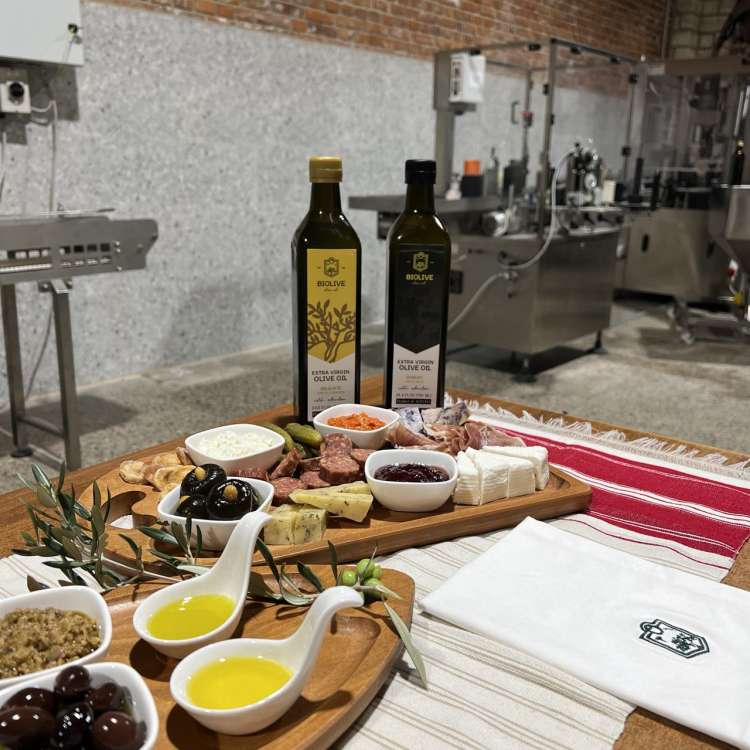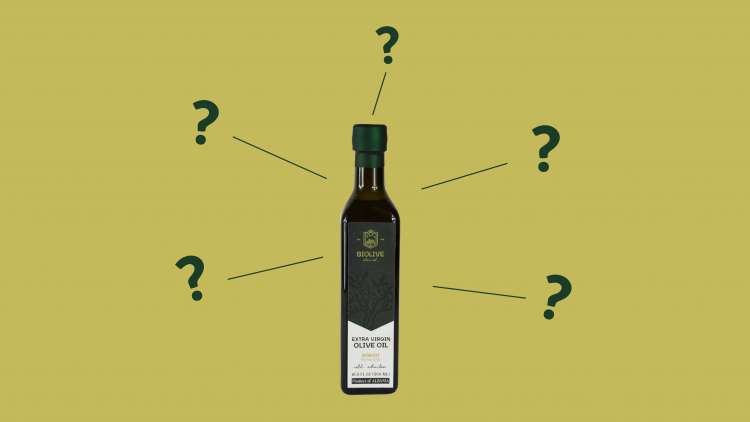Olive oil owes its color to two pigments - chlorophyll, which is green, and carotenoids, which are yellow. Scientists have shown great interest in these pigments due to their health benefits. Olive oil can display a diverse range of colors, from dark green to golden yellow, with the intensity of the chlorophyll dependent on early harvesting. However, the color cannot be used to gauge the oil's quality, and even the harvest time cannot be reliably determined solely by color, as other factors, including the olive variety, can affect the hue.
Opinions vary on whether a green or golden hue is indicative of superior flavor in olive oil. However, the crucial questions are: does the color of olive oil truly matter, and can its quality be determined by sight alone? The answer is NO.
The notion that the quality of olive oil can be inferred from its golden yellow or dark green color is a myth. The color of the oil is merely a reflection of its chlorophyll content, and a superior taste cannot be guaranteed by a greener hue. Indeed, high-quality extra virgin olive oils can range in color from green to golden. Professional tasters at international olive oil competitions take the color out of the equation entirely by using blue glassware that hides the oil’s color. This prevents the color from influencing their judgment, enabling them to evaluate the oil based solely on taste and aroma.
When choosing olive oil, it's important to consider its packaging. Stainless steel or dark glass bottles are ideal because they're opaque, preventing light from degrading the oil's quality. Clear bottles should be avoided as they allow light to penetrate the container, potentially influencing the oil's taste. According to Tom Mueller, author of Extra Virginity, "Light, together with heat and oxygen, is one of the enemies of olive oil. So dark glass that filters out light is very important."
Heat, light, and oxygen can promote oxidation, causing the oil to become rancid. This is why we package our extra virgin olive oil in dark glass bottles and metal containers. However, not all companies follow this practice, as some consumers want to see the oil's color before buying.
To ensure you're getting the best quality oil, try to purchase from a market that allows you to sample before buying. Remember, color isn't an indicator of quality, so rely on your taste and aroma preferences when choosing an olive oil.
To conclude, one should not use the color of olive oil as a reliable measure of its quality. Rather, the taste and aroma of the oil are the true indicators of its quality. The flavor of olive oil can vary significantly based on various factors, such as the type of olive, the fruit's ripeness, and the production techniques employed. These factors have a much greater influence on the oil's overall quality than its color.
Sources: Olive Oil Times, About Olive Oil


